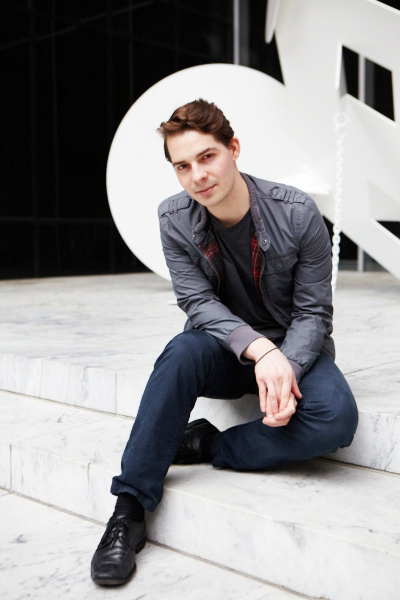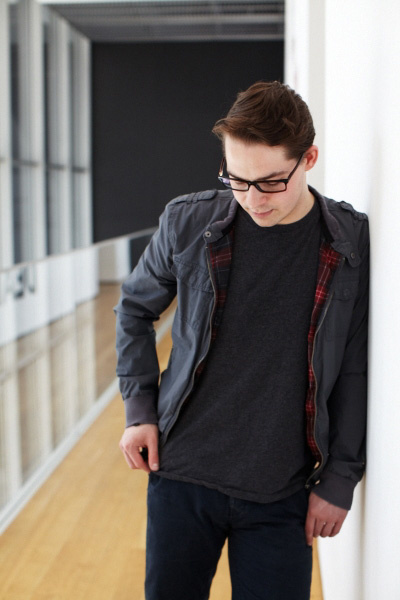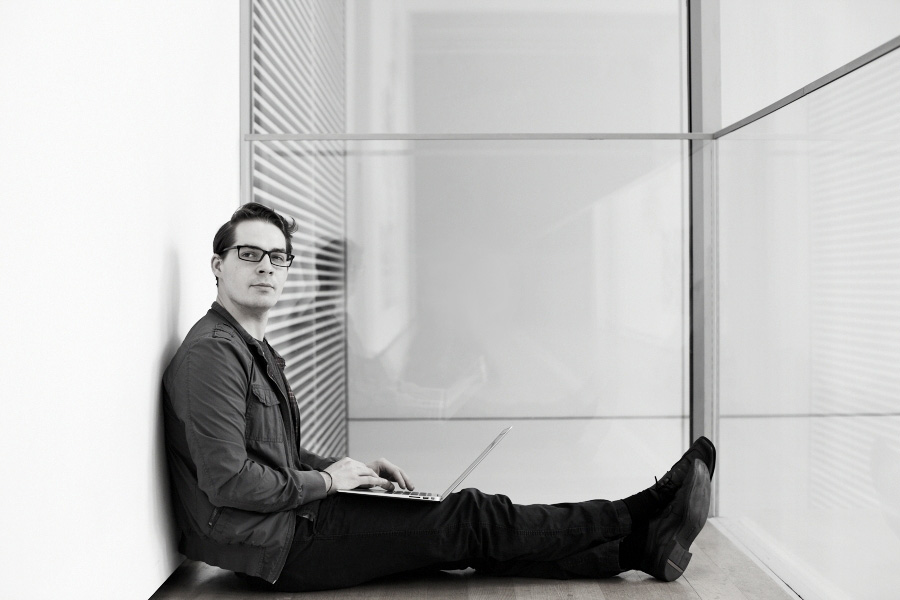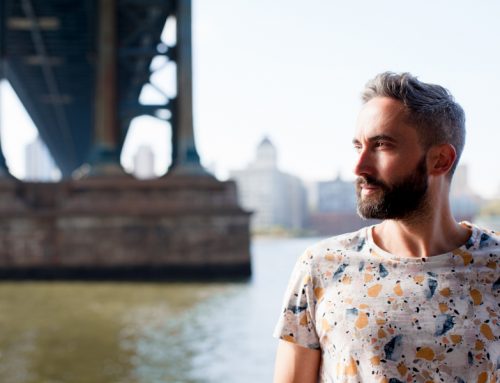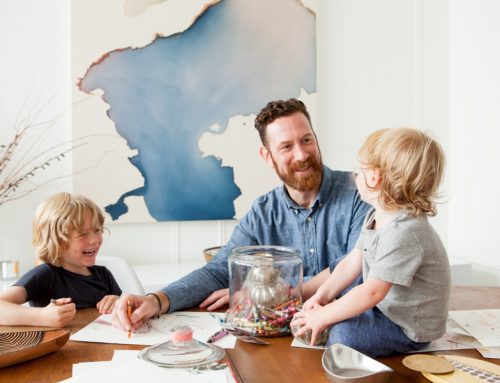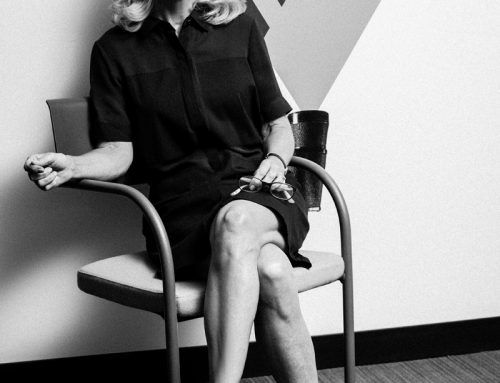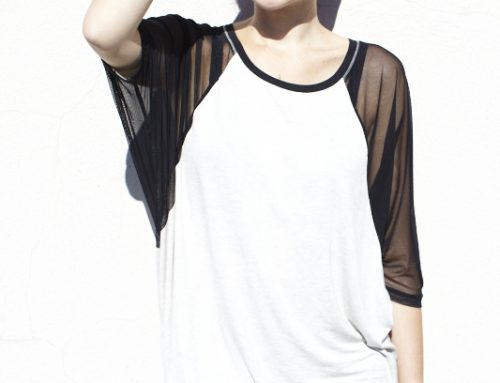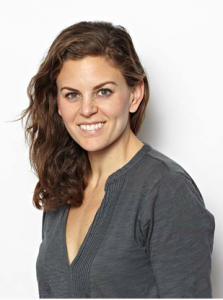Q&A with Alexander Fringes:
Tell me a little bit about yourself, who you are, and where you are from.
I’m a German-Swiss-American hybrid. My work and my personal interests have a lot to do with simplicity: I try to make interfaces better and more enjoyable to use.
Please tell me where you work and explain what your job entails.
I work at a fun startup called The Atavist. We’re actually two startups in one: a great interactive magazine and a crazy-cool platform to make your own publications. I design some of the stuff you see when you use our products. I also code how the stuff you see communicates with the stuff you don’t see (the latter being our servers).
What has been your career path?
I fell in love with New York and moved here when I was 16. A design job at an ad agency paid the rent and eventually led to years of branding work for some great clients. Alongside, I got a Bachelor of Business Administration with a focus on entrepreneurship. That focus eventually brought me to The Atavist.
What do you love about the work you do?
My interpretation of the team’s work is that we get paid to learn new things and then make them into products. Compared to how education typically works, this is a pretty good deal. I also get to hang out with a bunch of super smart, positive people and two lovable office dogs.
Describe your style. Is your personal style different from your professional style?
The relationship with your personal style is typically more complicated. It can be more rewarding, too, but it’s definitely more complicated. For me, this means that I’m more reluctant to share personal work.
In the end, it is your personal style from which it is best to steal for your professional work. Everyone is inspired by everything – but when the output is solely for your own pleasure, you arrive at the cleanest picture of your particular rendition of the various inputs.
From where do you draw your inspiration?
I think it would be unfair to pin my influences on only those examples that would be flattering and prominent. I have some advice that’s become a personal doctrine but the sum of all the other impulses is likely much more meaningful. Often I’ll trace an idea back to its origins weeks after it made it into a piece of work, and those origins are typically scattered across anything good that’s out there.
Tell me about this secret place in the MoMA where you like to work, and what happens when people find you working there?
On the fourth floor of the MoMA, there is a balcony that overlooks the sculpture garden from within the building’s glass facade. On the left end is a space that’s a little unloved; MoMA’s staff seems to have abandoned it. Not even benches are typically placed there. It turns out that the hardwood floor and wall are enough comfort for a weirdly focusing work environment that’s surrounded by a mix of stark shapes and great art.
When people see that the museum guards (and MoMA’s guards are the best – polite and professional, no matter what) don’t lynch me for sitting on the floor with an iPad or a laptop, they realize that this is a fun thing to do. Boom – once there is one person who joins me, I’ll bet you a plate of pretentiously priced Café 2 olives that there will be a third one soon.
What matters, however, is that it’s a stunning space, people should enjoy it, and I’m glad they are doing so in an odd way because they saw me there. Plus, the view is considered a schedule III controlled substance, so what can you do?
You can follow Alexander on Twitter here: twitter.com/alexfringes or check out a project that was built using a new feature they recently added to our Creatavist publishing platform: bulger.wbur.org


